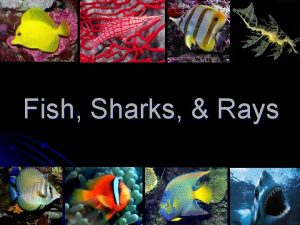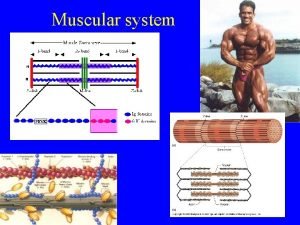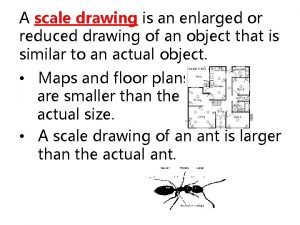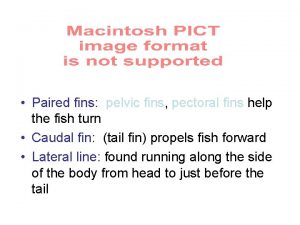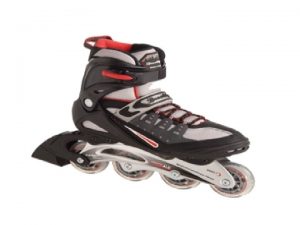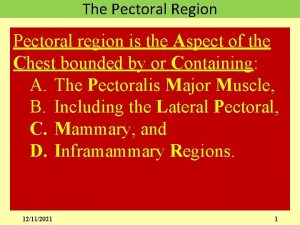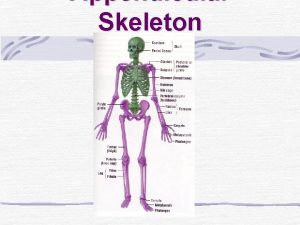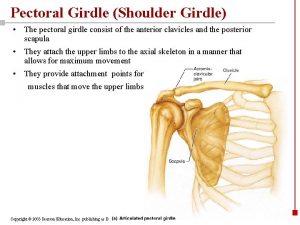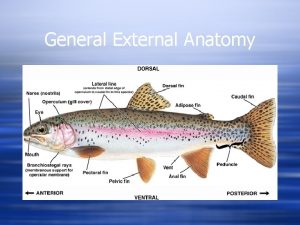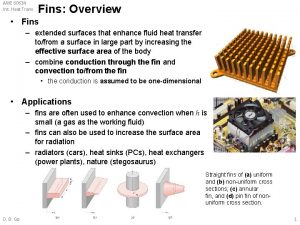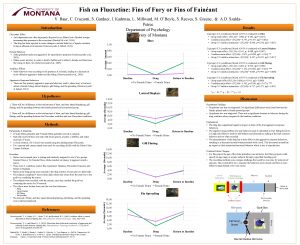SKATES AND RAYS Have greatly enlarged pectoral fins



















- Slides: 19

SKATES AND RAYS: • Have greatly enlarged pectoral fins and much reduced dorsal and caudal fins - pectoral fins forward motion • Rays move by bringing their fins up and down in the water - like wings • Skates travel by creating a wave that sweeps along the fin - they glide along the bottom • They have gills on their undersides and spiracles on the dorsal side - water enters through the spiracles and exits through the gills

RAYS: • Electric rays have organs in their heads that produce electric current • Stingrays have hollow barbs connecting to poison glands • Most rays are ovoviviparous, whereas skates are oviparous • Sawfish are related - have barbs on rostrum

CLASS OSTEICTHYES: THE BONY FISHES

BONY FISHES • The coelacanth and marine sturgeon are two of the most primitive bony fishes • The coelacanth (a lobe-finned fish) are found deep in the Pacific - until recently (1938) they were believed to be extinct • Marine sturgeons exhibit a heterocercal tail and have ganoid scales - which are thick and heavy scales, like armor

SCALES

A LIVING FOSSIL!

MODERN BONY FISH: • Modern bony fish have homocercal tails and their vertebral column does not extend down into the caudal fin • They have either cycloid or cteniod scales which are lighter and more flexible beneficial for faster swimming • Possess both paired and unpaired fins dorsal/ventral fins aid in stability and the paired fins are used to steer


BONY FISH

BODY SHAPE: • The streamlined body plan reduces drag from the water - allowing efficient movement • Shape is determined by the area in which the fish lives • Active swimmers have a fusiform body plan examples are tuna and marlin • Bottom dwelling fishes, like flounder, have flattened bodies

BODY SHAPE - contd. . . • Fish with sedentary lifestyles tend to have a globular body form (wider towards the belly) - example toadfish • Coral reef fishes are laterally compressed to navigate tight areas between coral • Burrowing fishes or those that live in tight areas, such as eels, have snakelike bodies and reduced appendages

COLOR: • Color also depends on where the fish lives • The color comes from chromatophores that are located just underneath the transparent scales • Fish that live in the deep sea exhibit obliterative countershading - dark on top and light colored underneath • Many coral reef fish use disruptive coloring - lines or spots are used to confuse predators

LOCOMOTION • Bony fish move by their trunk muscles - one side will contract and then the other, moving the tail from side to side and creating forward movement • Fish that swim slowly, like the eel, tend to undulate their entire body, whereas fast swimming fishes tend to primarily use their tails - this decreases the drag in the water


THE SWIM BLADDER: • A gas filled sac that helps to offset the fish’s density and keep them neutrally buoyant • Specialized networks of blood vessels add/remove the gases - this is necessary to stabilize buoyancy at varying levels • Fast swimming fishes do not have swim bladders because they swim so fast they would not have time to regulate gas levels - like sharks they must swim constantly to keep from sinking - ex. Yellowfin Tuna

RESPIRATION: • Gills remove oxygen from the water and filter out carbon dioxide • The gills are composed of rod-like structures called gill filaments • These filaments are highly vascularized the vessels run in the opposite direction of water flow - more efficient gas exchange • The operculum protects the gills and aids in respiration


SALINITY PROBLEMS: • The salinity is much lower in the tissues of marine fish than it is in their surrounding habitat - they tend to lose water through their gills • They compensate by drinking seawater however this brings too much salt into the fish - they deal with this three ways

Three ways to deal with too much salt. • Bony fish have salt secreting cells that line the gills and salt is secreted there • Some are eliminated in the feces • Other salts are secreted by the kidneys - a limited amount of urine is produced to help prevent additional water loss
 Shark class
Shark class A ________ has the entrails, head, fins, and scales removed
A ________ has the entrails, head, fins, and scales removed Wedge simple machine examples
Wedge simple machine examples A student wearing frictionless in line skates
A student wearing frictionless in line skates Kinds of simple machine
Kinds of simple machine Fleet farm ice skates
Fleet farm ice skates Enlarged drawings show components larger than their
Enlarged drawings show components larger than their Pheochromocytoma
Pheochromocytoma Endocrine histology
Endocrine histology Enlarged thyroid gland
Enlarged thyroid gland Enlarged cardiac silhouette
Enlarged cardiac silhouette High nc ratio
High nc ratio A proportional two dimensional drawing of an object
A proportional two dimensional drawing of an object Cortland enlarged city school district
Cortland enlarged city school district Pen test for abductor pollicis brevis
Pen test for abductor pollicis brevis What does an enlarged thyroid look like
What does an enlarged thyroid look like Enlarged muscular mixing/churning chamber
Enlarged muscular mixing/churning chamber A is an enlarged or reduced drawing of an object
A is an enlarged or reduced drawing of an object Awesome god medley
Awesome god medley Boneless form of fish
Boneless form of fish
